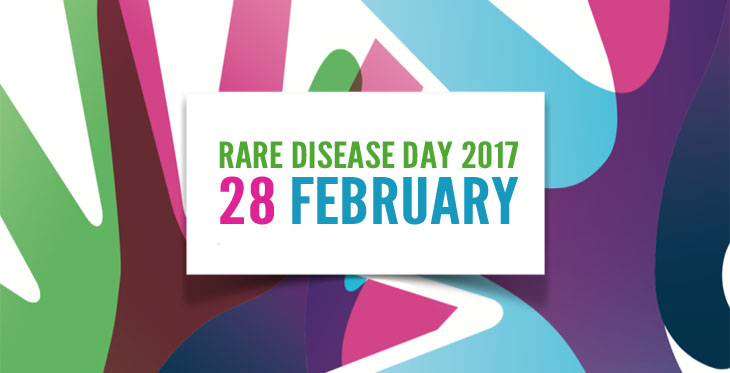Learn Why Rare Cancerous Neuroendocrine Tumors are Often Misdiagnosed

February 28, 2017 is Rare Disease Day, and the Arizona Carcinoid & Neuroendocrine Cancer Foundation, Inc. is collaborating with Banner/MD Anderson and the Arizona Telemedicine Program to present an educational event about this rare cancer.
ABOUT THE EDUCATIONAL EVENT
On February 28, 2017 from 10 am to 2 pm MST, clinicians and other health professionals, health profession students, and patients/caregivers/community members are invited to attend as a panel of experts presents an overview of carcinoid and neuroendocrine cancer. Panelists include medical oncologists, surgical oncologists, radiologists and others who specialize in carcinoid and neuroendocrine cancer. Panelists will discuss details of this rare disease--current surveillance, diagnostic and treatment modalities, and new and upcoming surveillance, diagnostic and treatment modalities.
In-person attendees will be welcomed at Banner/MD Anderson in Gilbert, at the University of Arizona College of Medicine/Phoenix or the University of Arizona College of Nursing/Tucson. Internet viewing of the event is also available through the Arizona Telemedicine Program. Registration is available at https://www.surveymonkey.com/r/neuroendocrinecancer
ABOUT CARCINOID AND NEUROENDOCRINE CANCER
Carcinoid and neuroendocrine tumors (NETs) begin in the neuroendocrine cells, which are distributed widely throughout the body. They commonly first appear in the gastrointestinal tract (e.g. stomach, pancreas, appendix, intestines, etc.) but can also be found in, and frequently metastasize to, other parts of the body, including the breast, heart, lungs, thymus, liver, pancreas as well as other organs. Since they come from the diffuse endocrine system rather than cells specific to a single organ, NETs are capable of oversecreting substances found in the endocrine system. The resulting constellation of symptoms (e.g. flushing, diarrhea, asthma, congestive heart failure, abdominal cramping, high blood pressure and peripheral edema) can result in acute care/emergency visits of increasing frequency.
The rarity of carcinoid and NETS can result in misdiagnosis for many years. About 50% of patients with reported disease have metastases at the time of initial diagnosis. This may be due to the long delay (between 5 and 7 years) before patients are diagnosed and managed. Although tumors vary in size and how quickly they grow, almost all are considered to be malignant, or cancerous.
According to the Surveillance, Epidemiology, and End Results (SEER) database (the statistics program operated by the National Cancer Institute), the age-adjusted incidence of carcinoid and neuroendocrine tumors (NETS) rose from 1.9 to 5.25 cases per 100,000 people between 1973 and 2004. Diagnosed incidence of NETs is predicted to continue rising at a faster rate than other malignant neoplasms. This may be due to improved surveillance and diagnostic techniques. As with all cancers, early detection leads to more successful outcomes.
WHO SHOULD ATTEND?
All health professions and health professional students are invited to participate in this educational event, which will enhance knowledge they may provide to current and future patients, including appropriate referrals in a timely manner. Because of the unique complexity of this cancer, the acquisition of interdisciplinary and interprofessional knowledge about it will result in improvements in diagnosis, treatment planning, survival and patient satisfaction.
Patients, caregivers and community members are also invited to attend this educational event for an update on new and upcoming diagnosis and treatment modalities. The event will include a Q&A session in which all viewers, including those who are remote, can submit questions to the panel.
